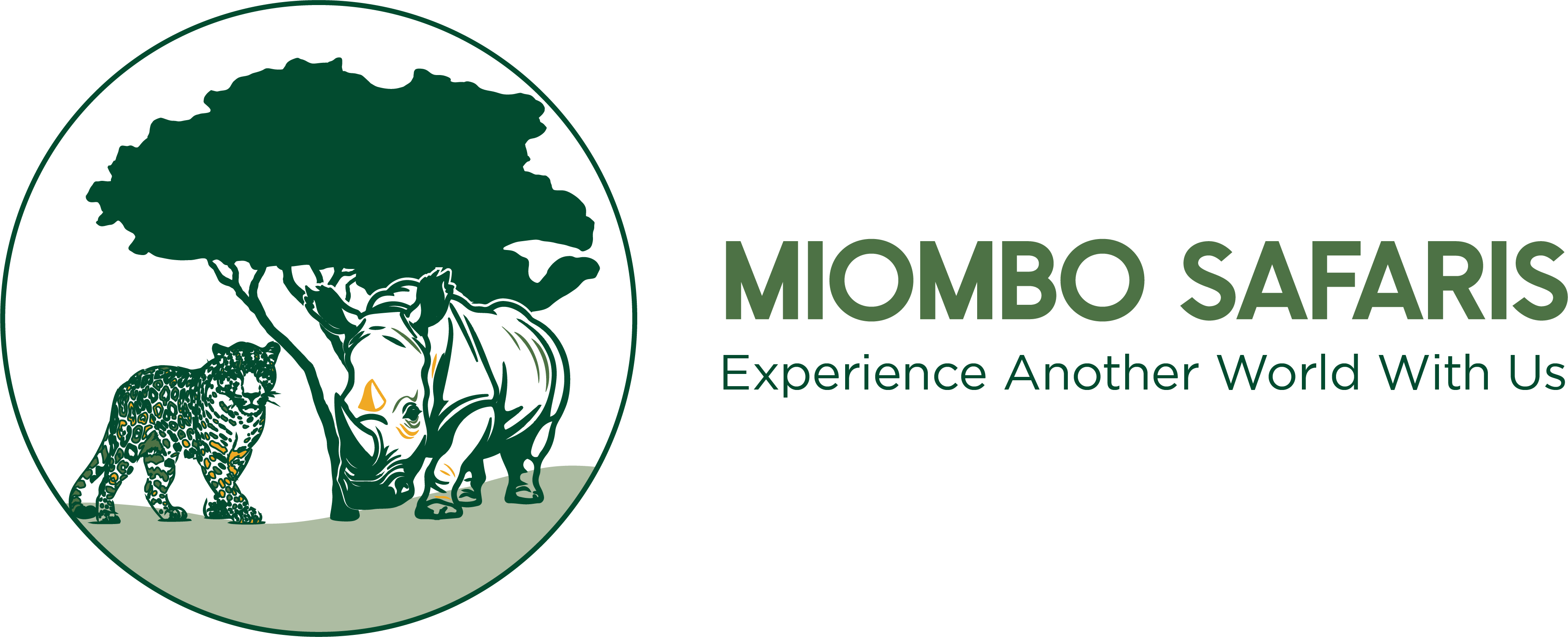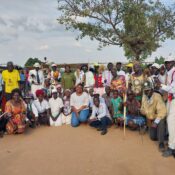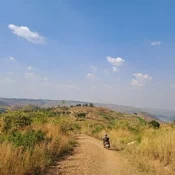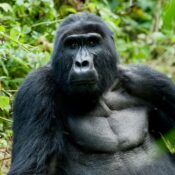Everything To Know About Going On a Uganda Safari in February
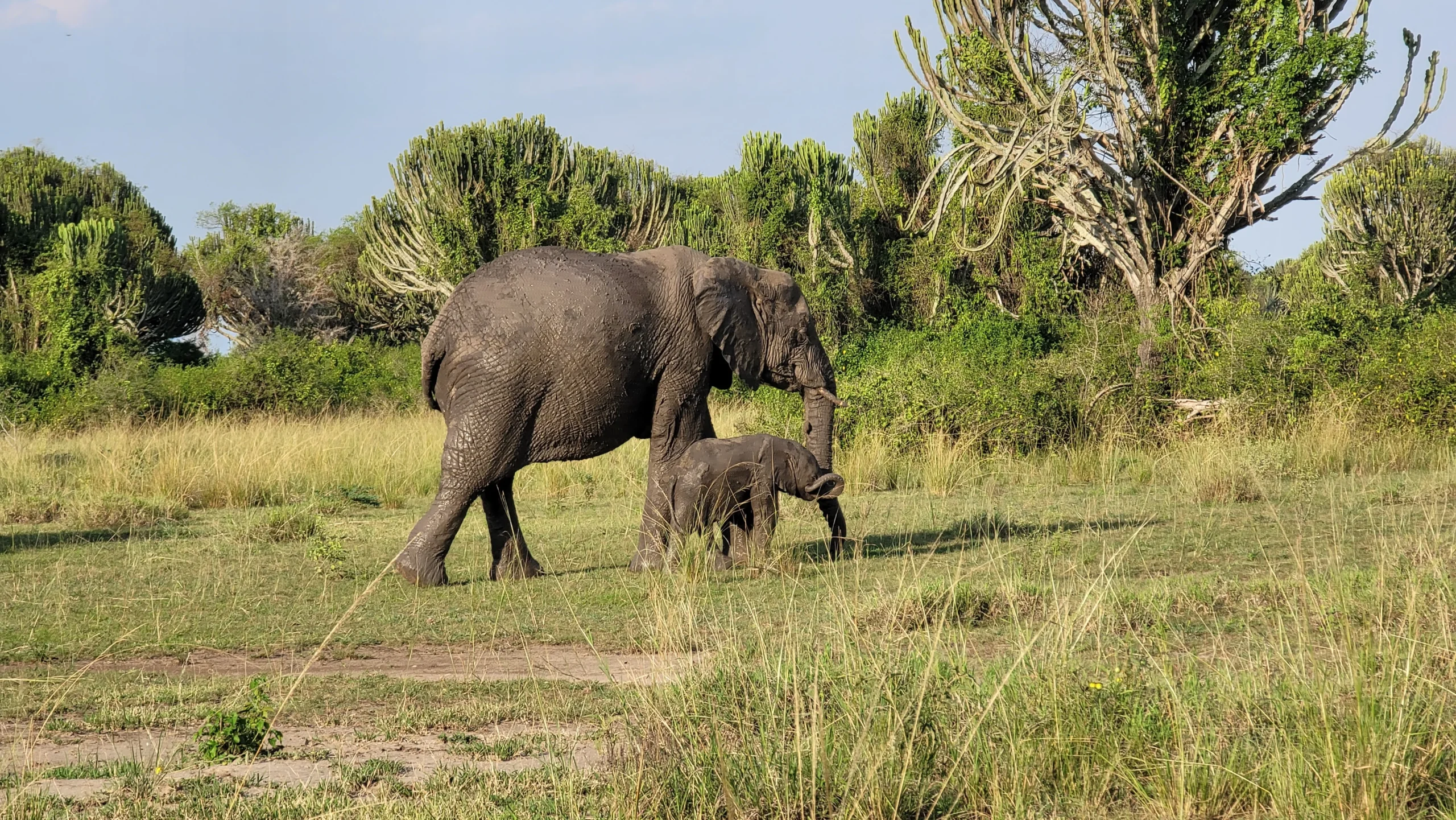

Everything To Know About Going On a Uganda Safari in February
Thinking about planning a Uganda safari in February? You’re on track for one of the best times of year to visit the Pearl of Africa.
As you delve into the lush landscapes and diverse habitats of this captivating country, you’ll encounter a myriad of wildlife, from majestic mammals to vibrant bird species. In this guide, we will explore the climate and conditions of February, highlight the incredible wildlife you can expect to see, recommend the best national parks to visit, provide safety measures and tips for a memorable experience, and offer insights on booking and planning your safari. Get ready to immerse yourself in the beauty and wonder of Uganda’s natural treasures on an unforgettable journey this February.
Understanding the Climate and Conditions in February
February marks the transition from the dry season to the start of the rainy season in Uganda, making it an interesting time to embark on a safari adventure. Understanding the climate and conditions during this month is crucial for planning a successful and enjoyable trip.
Weather in February
In February, Uganda experiences warm and humid weather, with average temperatures ranging from 20°C to 30°C (68°F to 86°F) during the day. However, it’s important to note that temperatures can vary depending on the region and altitude.
Rainfall and Green Season
February marks the beginning of the wet or green season in Uganda. While the rainfall is not as heavy as in other months, you can expect occasional showers, especially in the afternoons and evenings. These showers contribute to the lushness of the landscape, creating a vibrant and picturesque backdrop for your safari.
Wildlife Viewing
The green season in February brings with it advantages and considerations for wildlife viewing. While the vegetation may be denser, making it slightly more challenging to spot animals, the abundance of water and vegetation attracts a variety of wildlife, including grazing herbivores and their predators. This can provide unique opportunities for observing interactions and capturing stunning photographs.
Accessibility to National Parks
During February, some of the national parks in Uganda may be more challenging to access due to the occasional rainfall. It’s advisable to check the road conditions and the accessibility of specific areas before planning your itinerary. However, with proper preparation and guidance from experienced safari operators, you can still navigate through the parks and enjoy remarkable wildlife encounters.
Summary
In summary, February in Uganda offers a transition from the dry season to the green season, with warm and humid weather and occasional rainfall. While wildlife viewing may require a bit more effort due to denser vegetation, it also presents unique opportunities to witness the flourishing ecosystem. Stay prepared for the weather conditions and consult with experts to ensure a smooth and rewarding safari experience in Uganda during February.
Wildlife to Expect on a Uganda Safari in February
Uganda is renowned for its rich biodiversity and abundant wildlife, making it a paradise for nature enthusiasts and wildlife enthusiasts alike. As you embark on a safari adventure in February, here are the incredible wildlife encounters you can expect:
Commonly Seen Mammals
- African Elephant: Uganda is home to a significant population of African elephants, and you can spot these gentle giants in various national parks, such as Queen Elizabeth National Park and Murchison Falls National Park.
- African Buffalo: These massive creatures can be found roaming the grasslands and savannahs of Uganda. Keep an eye out for them in Queen Elizabeth National Park and Kidepo Valley National Park.
- Lions: Uganda’s national parks offer the opportunity to witness the mighty lions in their natural habitat. Queen Elizabeth National Park and Murchison Falls National Park are known for their lion populations.
Leopards: Although elusive, leopards can be spotted in Uganda’s national parks, including Kidepo Valley National Park and Queen Elizabeth National Park.
Giraffes: Murchison Falls National Park is home to Rothschild’s giraffes, an endangered subspecies that you can observe during your safari.
Hippos: The Nile River and Lake Albert are teeming with hippos, providing ample opportunities to see these massive semi-aquatic mammals up close.
- Primates: Uganda is famous for its primate diversity, including chimpanzees and various species of monkeys. Kibale Forest National Park and Bwindi Impenetrable National Park are excellent places to encounter these fascinating creatures.
Bird Watching Opportunities
Uganda is a bird lover’s paradise, boasting over 1,000 bird species. In February, many migratory bird species are still present, joining the resident birds in their vibrant displays. Some notable bird species to watch out for include:
Shoebill Stork: Mabamba Swamp is a prime location to spot the iconic shoebill stork, a rare and sought-after bird species.
African Grey Parrot: These intelligent and colorful parrots can be found in the forests of Uganda, including Bwindi Impenetrable National Park.
African Fish Eagle: With its distinctive call and impressive wingspan, the African fish eagle is a common sight near water bodies like Lake Victoria and the Nile River.
Great Blue Turaco: Known for its vibrant blue and green plumage, the Great Blue Turaco can be spotted in forests and woodlands across Uganda.
- African Crowned Crane: This iconic bird, Uganda’s national bird, can be seen in various wetland areas, such as the Queen Elizabeth National Park and the Entebbe Botanical Gardens.
Reptiles and Insects
Uganda is also home to a fascinating array of reptiles and insects. While exploring the national parks and reserves, keep an eye out for:
- Nile Crocodile: The Nile River and its surrounding areas provide habitat for the Nile crocodile, one of Africa’s largest reptiles.
- Chameleons: Uganda is a haven for chameleon enthusiasts, with numerous species inhabiting the forests and savannahs.
- Butterflies: The lush vegetation of Uganda supports a diverse butterfly population, with countless species fluttering through the parks and gardens.
Snakes: While encountering snakes is relatively rare, Uganda is home to various snake species, including the venomous but elusive gaboon viper.
Tortoises: Keep an eye on the forest floors and grasslands for tortoises, such as the leopard tortoise and the pancake tortoise.
Whether you’re seeking the iconic big game animals, the vibrant birdlife, or the fascinating reptiles and insects, Uganda’s wildlife will leave you awe-inspired and captivated throughout your safari adventure in February.
Best National Parks to Visit in February
When planning a Uganda Safari in February, it’s essential to choose the right national parks to visit to maximize your wildlife viewing opportunities. Here are some of the best national parks to consider:
Bwindi Impenetrable National Park
Renowned for its population of endangered mountain gorillas, Bwindi Impenetrable National Park is a must-visit destination for wildlife enthusiasts. In February, gorilla trekking is still possible, offering a unique and unforgettable experience as you observe these magnificent creatures in their natural habitat. The park is also home to various other primates, including chimpanzees, as well as a diverse array of bird species.
Queen Elizabeth National Park
Queen Elizabeth National Park is a diverse and scenic park that offers a wide range of wildlife encounters. In February, you can embark on game drives through the savannah plains and spot iconic African animals such as lions, elephants, buffaloes, and leopards. The park is also famous for its boat cruises along the Kazinga Channel, where you can witness hippos, crocodiles, and a plethora of bird species.
Murchison Falls National Park
Located along the Nile River, Murchison Falls National Park is a gem of Uganda’s wildlife conservation. In February, you can witness the mighty Murchison Falls, where the Nile squeezes through a narrow gorge, creating a breathtaking spectacle. The park is home to an abundance of wildlife, including elephants, giraffes, buffaloes, lions, and numerous bird species. Boat safaris along the Nile offer an up-close view of hippos, crocodiles, and water birds.
Kibale Forest National Park
If you’re fascinated by primates, Kibale Forest National Park is a must-visit destination. In February, you can go on chimpanzee trekking excursions and witness these intelligent and playful creatures in their natural habitat. The park is also home to other primates, such as red colobus monkeys and L’Hoest’s monkeys. Additionally, Kibale Forest boasts a stunning array of bird species and beautiful forest landscapes.
Rwenzori Mountains National Park
For those seeking a unique adventure, Rwenzori Mountains National Park offers the opportunity to explore the legendary “Mountains of the Moon.” In February, you can embark on challenging hikes and treks to discover the remarkable flora and fauna of this UNESCO World Heritage Site. The park is known for its stunning landscapes, glacial lakes, and rare plant species, making it a haven for avid hikers and nature enthusiasts.
Each of these national parks in Uganda offers a distinct and unforgettable experience in February. Whether you’re seeking gorilla encounters, classic African safari sightings, primate adventures, or mountain exploration, these parks will provide you with incredible wildlife encounters and memories to last a lifetime.
Safety Measures and Tips for a Uganda Safari in February
While a Uganda safari in February promises thrilling wildlife encounters and breathtaking landscapes, it’s important to prioritize safety to ensure a smooth and enjoyable experience. Here are some essential safety measures and tips to consider:
Vaccinations and Health Precautions
- Consult a travel health professional or visit a travel clinic well in advance to receive necessary vaccinations and medications for Uganda. This may include vaccines for diseases such as yellow fever, typhoid, hepatitis A and B, and tetanus.
- Malaria is prevalent in Uganda, so take appropriate measures to prevent mosquito bites. This includes using insect repellent, wearing long-sleeved clothing, and sleeping under mosquito nets or in accommodations with screened windows.
- Carry a basic first aid kit with essentials such as bandages, antiseptic ointment, and any necessary prescription medications.
Suitable Clothing and Equipment
- Pack lightweight, breathable clothing that provides protection against the sun and insects. Long-sleeved shirts, long pants, and a wide-brimmed hat are recommended. Don’t forget to bring sturdy and comfortable walking shoes.
- Binoculars are essential for wildlife viewing, as they allow you to observe animals from a safe distance without disturbing them.
- It’s also advisable to carry a waterproof jacket or poncho, as February is part of the rainy season, and unexpected showers can occur.
Rules and Regulations of the Parks
Familiarize yourself with the rules and regulations of the national parks you plan to visit. These may include guidelines for approaching and observing wildlife, maintaining a safe distance, and respecting the natural environment.
- Follow the instructions of your safari guide or park rangers at all times. They are experienced professionals who are knowledgeable about the park’s rules and safety protocols.
Interacting with Wildlife
Always maintain a safe distance from wildlife. Respect their space and do not attempt to touch or feed them.
Follow the guidance of your safari guide regarding behavior during encounters with animals. They will ensure your safety and the well-being of the wildlife.
Avoid sudden movements or loud noises that may startle or provoke wildlife.
- Do not litter or leave any waste behind. Respect the environment and leave it as you found it.
Personal Safety
- It’s advisable to travel with a reputable safari operator or guide who has knowledge of the local area, wildlife behavior, and safety protocols.
Ensure you have comprehensive travel insurance that covers medical emergencies and evacuation if needed.
- Stay hydrated by drinking plenty of water throughout your safari. Carry a reusable water bottle and refill it from reliable sources.
By following these safety measures and tips, you can have a memorable and safe Uganda safari in February. Remember to prioritize your well-being and respect the natural environment and wildlife for a responsible and sustainable travel experience.
Booking and Planning Your Uganda Safari in February
Booking and planning your Uganda safari in February requires careful consideration and attention to detail. Here are some important factors to keep in mind when organizing your trip:
Choosing the Right Safari Company
Research and select a reputable safari company that specializes in Uganda safaris. Look for companies with positive reviews, experienced guides, and a focus on responsible and sustainable tourism practices.
Check if the safari company offers customized itineraries to suit your preferences, budget, and time constraints.
Ensure that the safari company is licensed and accredited by relevant tourism authorities in Uganda.
Cost and Budgeting for Your Safari
- Determine your budget for the safari, including accommodation, transportation, park fees, activities, meals, and any additional expenses.
- Consider the cost of obtaining necessary permits, such as gorilla trekking permits, as these can be a significant expense.
- Discuss pricing details and inclusions with the safari company to have a clear understanding of what is covered and what might require additional payment.
Creating an Itinerary
- Research the national parks and attractions you want to visit and prioritize them based on your interests and available time.
- Consider the travel distances between parks and plan your itinerary accordingly to optimize your time and minimize travel fatigue.
- Allocate sufficient time for activities such as game drives, boat safaris, gorilla trekking, and other wildlife encounters.
- If you plan to include multiple national parks, consider the best route and transportation options to ensure a smooth and efficient journey.
Accommodation Options
- Research and book accommodation well in advance, as popular lodges and campsites can fill up quickly, especially in peak season.
- Consider the type of accommodation that suits your preferences and budget, ranging from luxury lodges and tented camps to budget-friendly options.
Travel Documents and Logistics
- Check the validity of your passport and ensure it has at least six months remaining before expiration.
- Apply for the necessary visas or entry permits to Uganda, depending on your country of residence.
Familiarize yourself with the entry requirements, customs regulations, and any necessary vaccinations for Uganda.
- Arrange transportation to and within Uganda, whether it’s by air or land. If traveling by air, book your flights to Entebbe International Airport, the main international gateway.
By carefully considering these factors and planning ahead, you can ensure a well-organized and enjoyable Uganda safari in February. Remember to communicate your preferences and expectations with your safari company to create a personalized itinerary that suits your interests and allows for a truly unforgettable experience.
For your tailor-made Uganda safari, get in touch with the Miombo Safaris team today!
